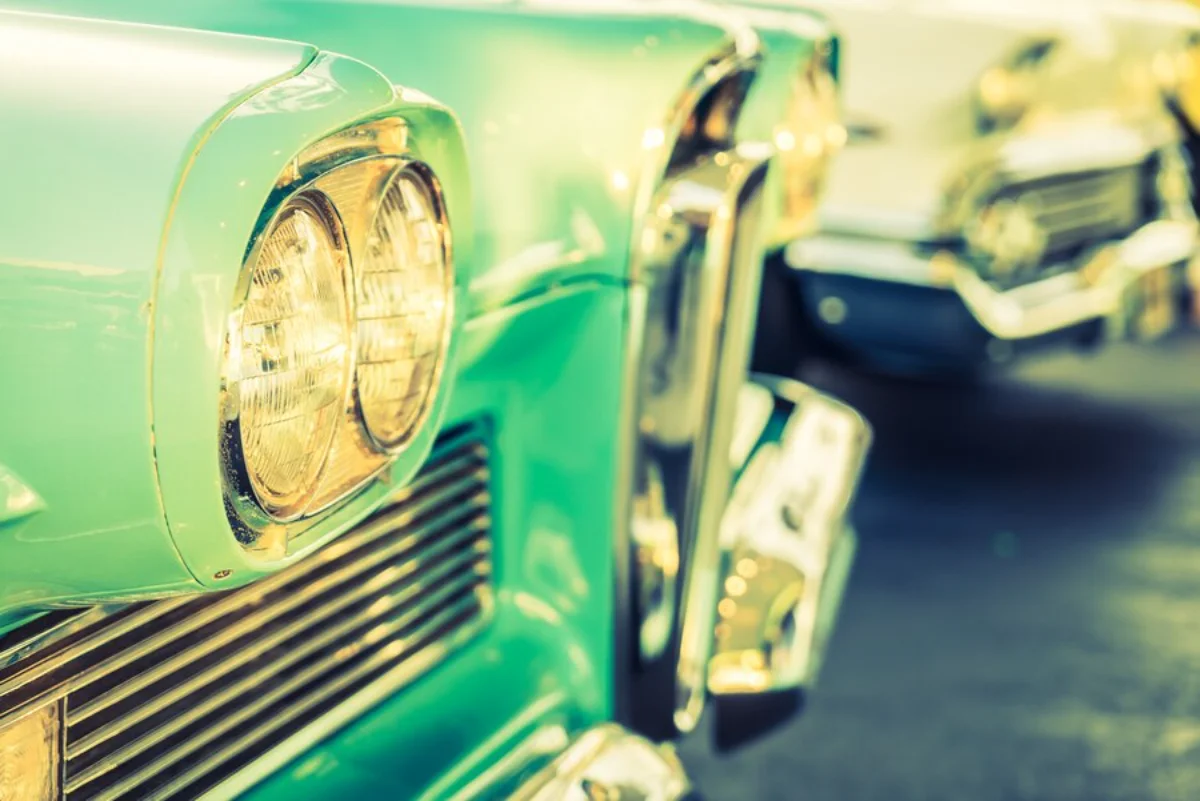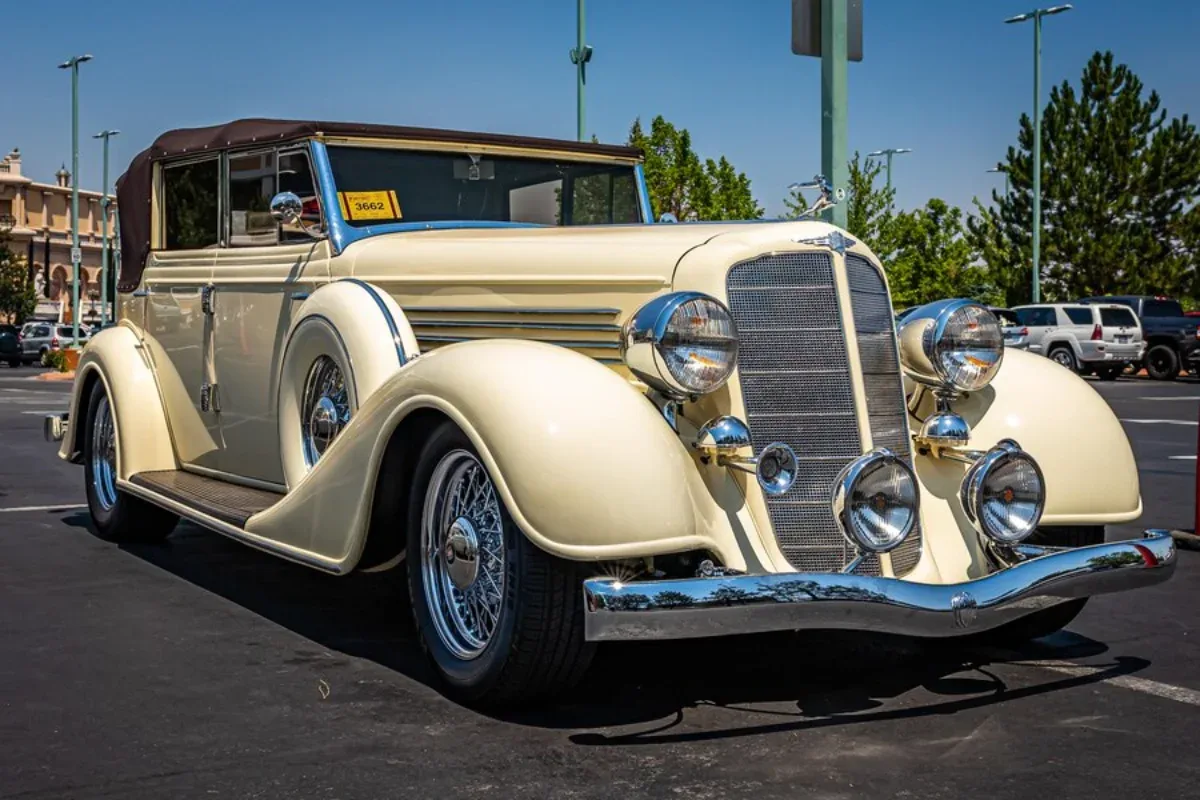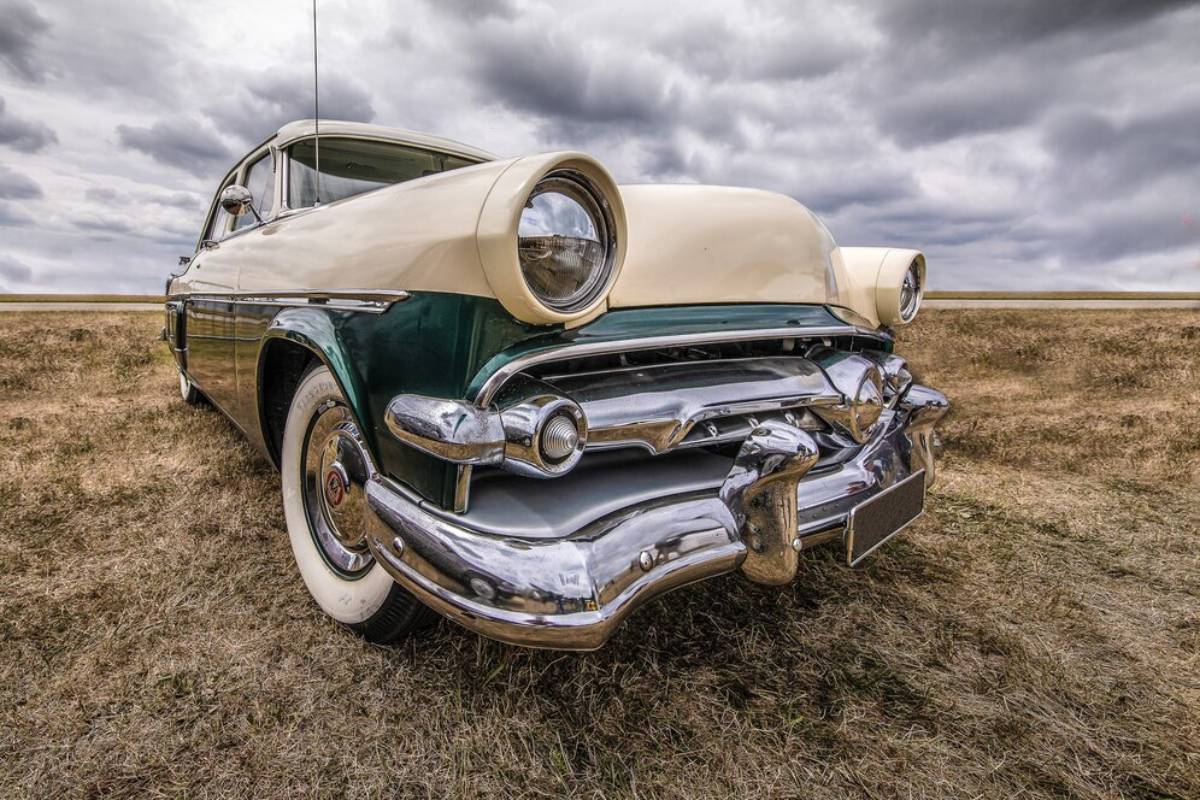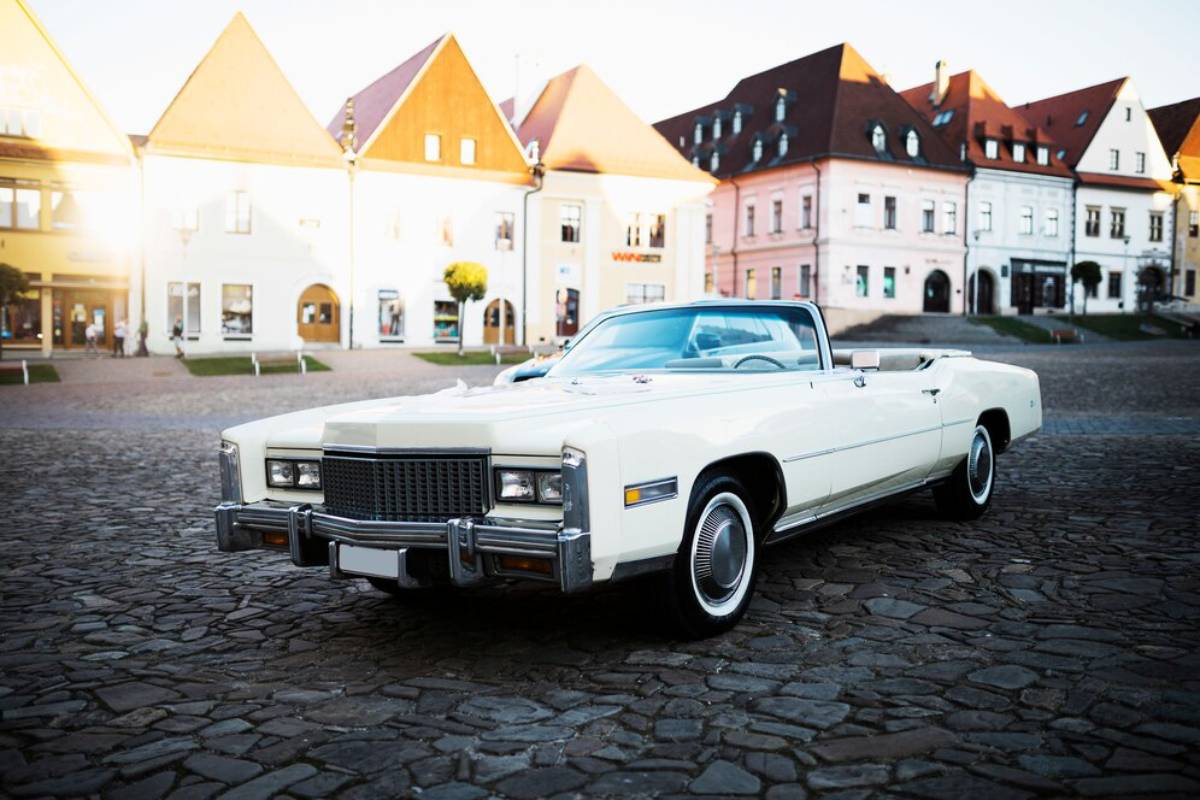
How to Get Your Classic Car Featured in a Show or Magazine
Owning a classic car is about far more than just a car. And it links you to a culture that embraces beauty, history and superb engineering. For many car lovers, having your pride and joy featured in a major show or magazine is all you can hope for. It is a demonstration of their hard work, and it puts their vehicle on a pedestal for all to admire. This guide outlines the largest mini-steps to gain your old-school ride noticed, from registering for shows to pulling elite publications.
Pro Tip:
Getting your classic car featured takes preparation, persistence, and presentation. A well-maintained, documented, and visually striking car will always stand out.
Quick Guide:
- Perfect the Presentation – Keep the paint, interior, and engine pristine.
- Document Everything – Maintain service records, restoration details, and original purchase papers.
- Enter Car Shows – Research events that match your car’s history and submit a strong application.
- Invest in Photography – Professional images can make all the difference in securing a magazine feature.
- Leverage Social Media – Share your car’s journey on Instagram, Facebook, and YouTube to gain industry attention.
Important Tip:
Network with editors, judges, and influencers—connections can help get your car in the spotlight.
Why Getting Your Classic Car Featured Matters
The Prestige of Publication
Having your car featured boosts its status. Recognition in the automotive world validates your efforts and highlights your vehicle’s uniqueness. It also enhances its market value, making it a rewarding investment.
Networking and Community Connection
Showcasing your car connects you with fellow enthusiasts, industry professionals, and potential sponsors. These interactions can lead to friendships, business collaborations, and invites to future events.
Inspiring the Next Generation
By sharing your passion, you help others appreciate and preserve automotive history. A beautifully restored classic car in a show or magazine can inspire new generations to explore vintage car collecting and restoration.
Preparing Your Classic Car for the Limelight
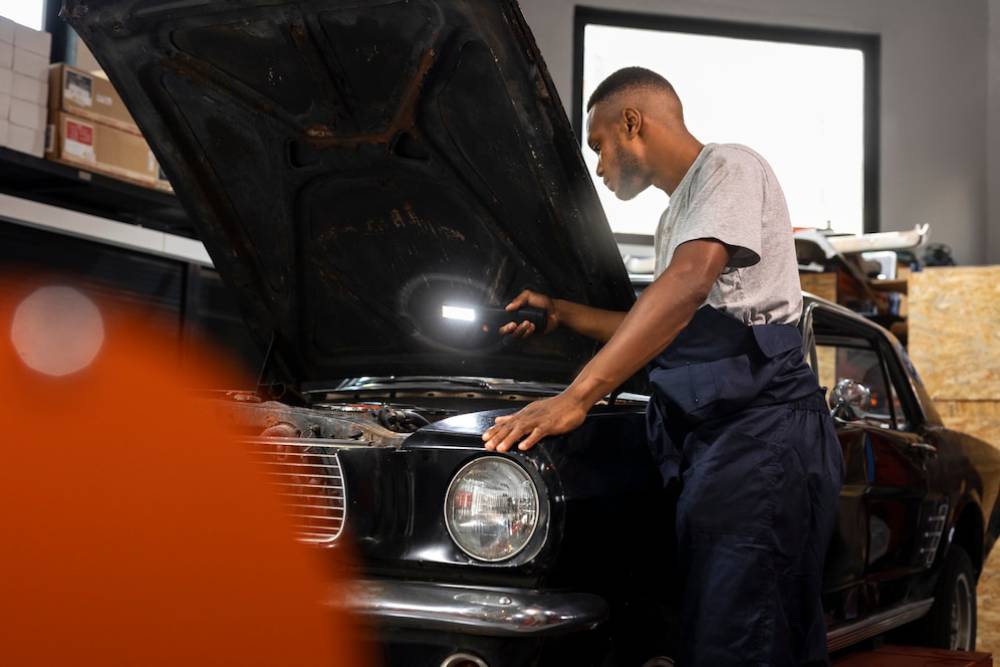
Before showcasing your classic car, it must be in top condition. Here’s how to prepare your vehicle for recognition.
Restoration and Maintenance
A well-maintained and restored car has a better chance of being featured. Focus on these areas:
- Exterior: The paint should be immaculate, with no scratches, dents, or rust. Professional detailing enhances shine and appeal.
- Interior: The upholstery must be pristine, with no visible wear. Clean and restore the dashboards, seats, and trims to factory standards.
- Mechanical Condition: Your car should run smoothly. Regular oil changes, engine tuning, and brake checks keep it reliable for shows.
Authenticity and Originality Matter
Most shows and publications prefer classic cars that retain their original design. If you’ve made modifications, ensure they are period-correct and enhance performance while respecting the car’s heritage and making your car more valuable
Comprehensive Documentation
Keep a well-organized record of your car’s history, including:
- Service records
- Restoration details
- Original purchase documents
- Past show awards and features
A well-documented car tells a stronger story, making it more appealing to judges and editors.
Navigating the Car Show Scene
Entering classic car shows is one of the best ways to gain visibility. Here’s how to make an impression:
1. Research and Select Optimal Shows
Not all car shows are the same. Some focus on specific makes and models, while others celebrate certain eras. Choose events that align with your car’s characteristics and history.
2. Preparing Your Entry
- Fill out application forms accurately.
- Provide high-quality photos that showcase your car’s best features.
- Include a detailed description of the vehicle’s history and restoration process.
3. Presentation: First Impressions Count
- On event day, ensure your car is spotless inside and out.
- Use display boards or placards to share the car’s story.
- Engage with judges and spectators to create a memorable impression.
Best Strategies for Showcasing Vintage Cars
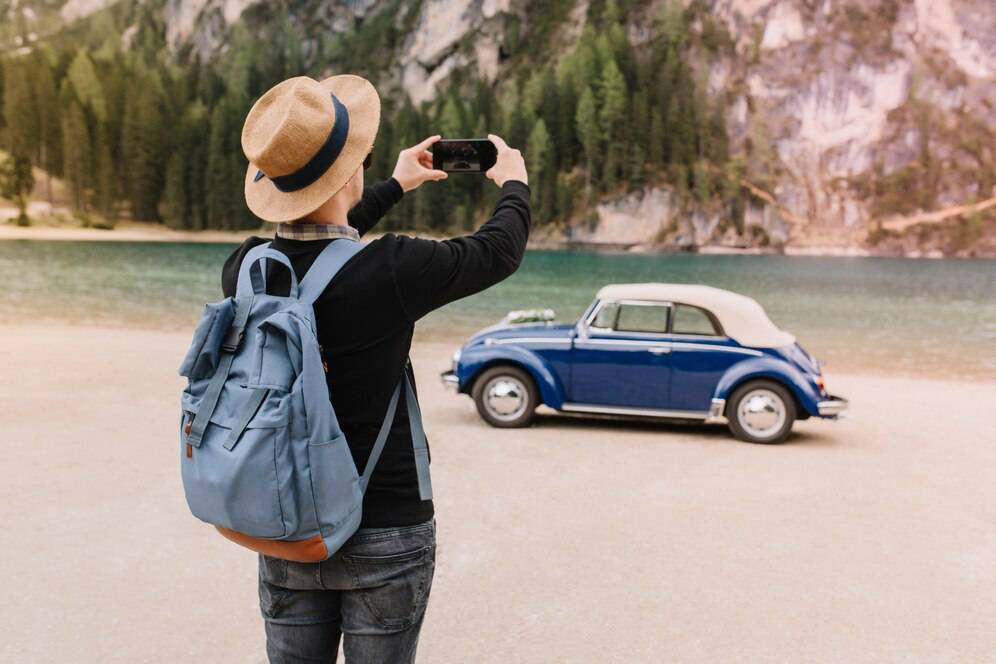
Professional Photography: Capture the Magic
A high-quality portfolio of professional photos can significantly improve your chances of being featured. Automotive photographers understand lighting, angles, and details, highlighting your car’s beauty.
Harnessing Social Media for Visibility
Use platforms like Instagram, Facebook, and YouTube to showcase your car. Regular updates, restoration progress posts, and professional images can attract attention from show organisers and magazine editors.
Networking with Industry Insiders
Attend industry events, join classic car clubs, and participate in online forums to build connections with editors, photographers, and event coordinators. These relationships increase your chances of securing a feature.
Pro Tips for Maximizing Your Chances
- Stay Informed: Keep up with trends in the classic car industry to know what publications and shows seek.
- Be Persistent: Securing a feature takes time. Keep applying and attending events to boost visibility.
- Focus on Unique Details: Highlight interesting backstories, rare features, or extraordinary restoration journeys in your submissions.
Common Mistakes and How to Avoid Them
Neglecting Documentation
Not having proper records can hurt your chances. Always maintain a detailed history of your vehicle’s journey.
Overlooking the Importance of Presentation
A dirty exterior or neglected interior can reduce a car’s appeal, even if it is mechanically sound. Detailing is as important as functionality.
Ignoring Feedback
Take constructive criticism from judges and editors seriously. Use their input to refine your presentation and submissions.
Advanced Insights: Expert Recommendations
Embrace Technology to Enhance Exposure
Consider using modern tools like virtual tours and interactive videos to showcase your car uniquely.
Collaborate with Influencers
Partnering with automotive influencers or YouTubers can significantly increase your car’s reach and visibility.
Attend International Shows
If you’re serious about recognition, consider entering prestigious international events like Pebble Beach Concours d’Elegance or Goodwood Revival. These high-profile gatherings attract top editors and collectors.
Showcasing Your Classic Car for Maximum Recognition
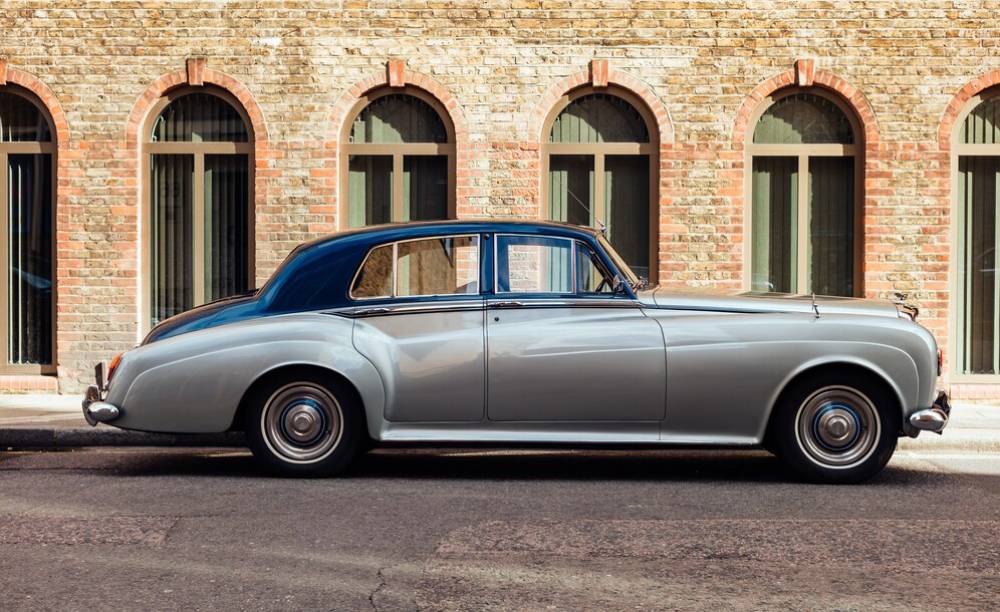
It is gratifying to have your classic car featured on a show or in a magazine. However, this takes persistence, a keen eye for detail, and careful scheduling. By following this guide, you will enhance your car’s visibility, connect with enthusiasts, and preserve automotive history for generations to come.
Whether you’re an experienced collector or a first-time restorer, seeing your classic car recognised is exhilarating. So shine that chrome, hone your presentation, and go a step closer to turning your classic car into an automotive icon!
FAQs
How do I increase my chances of getting featured in a magazine?
Invest in professional photography, write a compelling backstory, and network with industry professionals.
What are judges looking for in classic car shows?
Judges assess authenticity, restoration quality, historical significance, and overall presentation.
Do modifications reduce my car’s chances of being featured?
Not necessarily. Tasteful, period-correct modifications that enhance performance or aesthetics while preserving originality can be well-received.
How important is my car’s backstory?
A compelling story adds character to your vehicle and increases its appeal to editors and judges.
Should I attend local or international car shows?
Start with local shows to build a presence before moving to more extensive, international events where competition is stiffer, but exposure is more significant.
What kind of social media presence helps attract attention?
Post high-quality photos, restoration updates, and event coverage. Engage with the classic car community and tag relevant industry accounts.
How do I connect with magazine editors?
Email you with a professional pitch, including high-resolution photos and a well-written history of your car.
